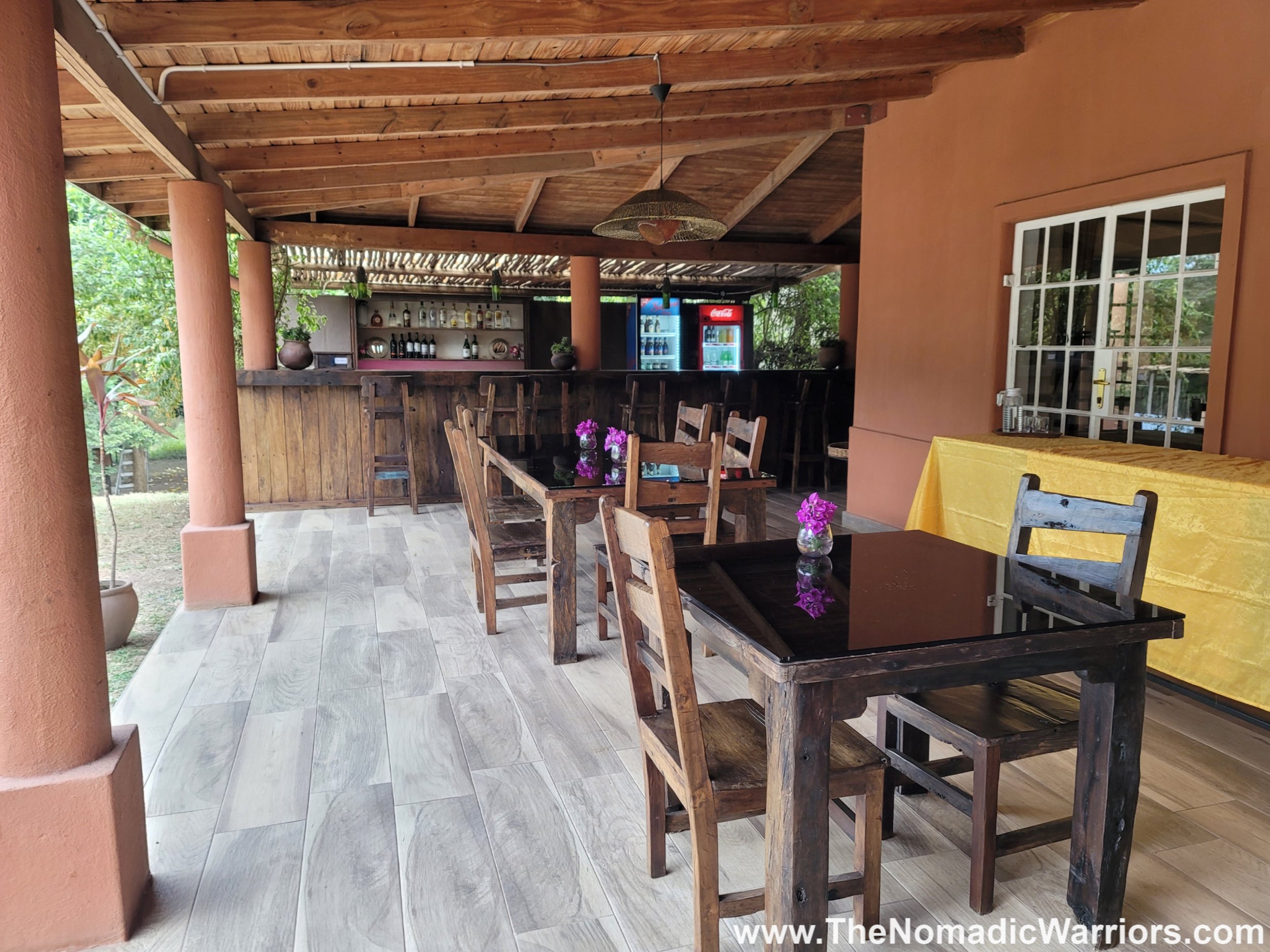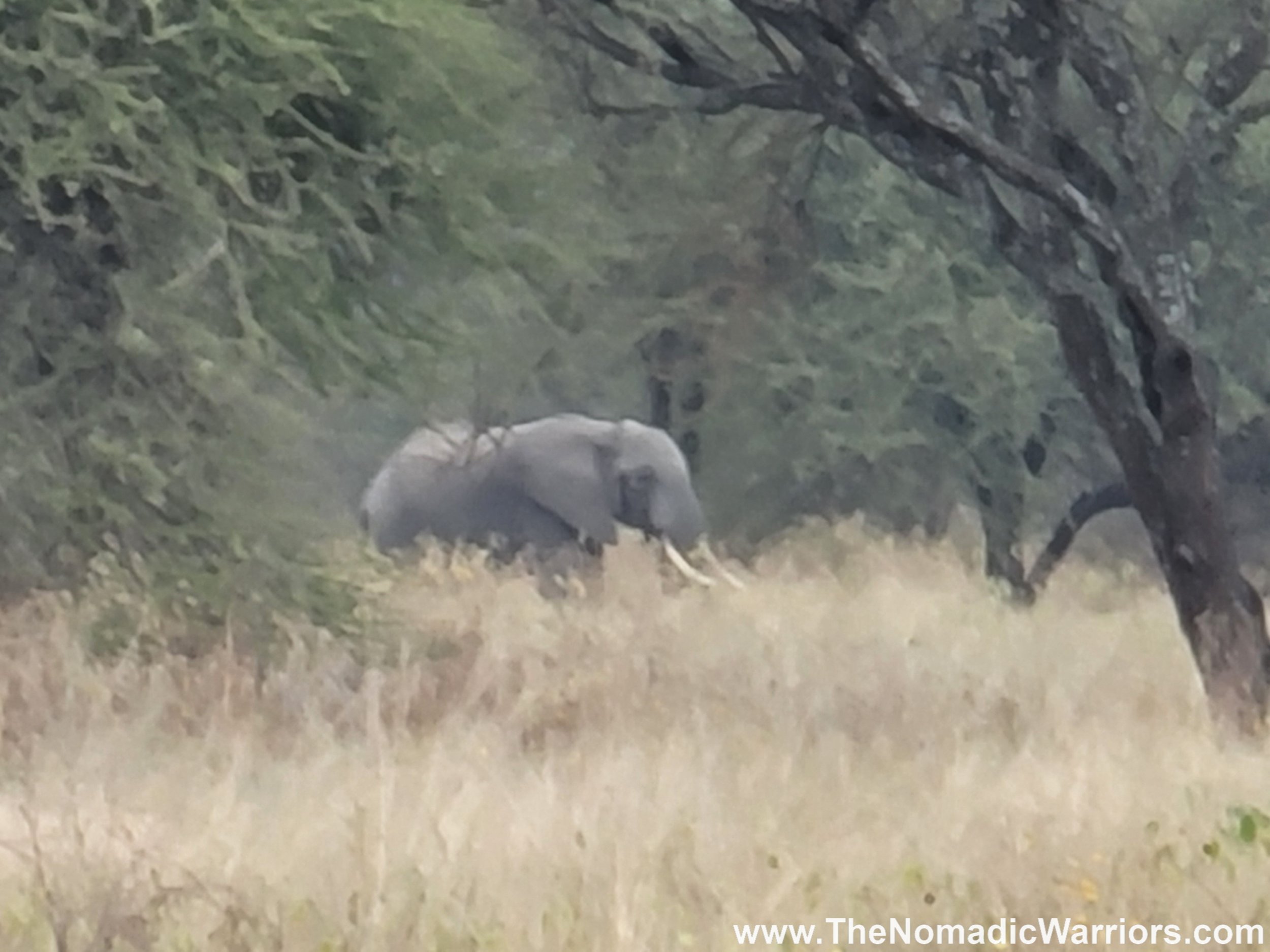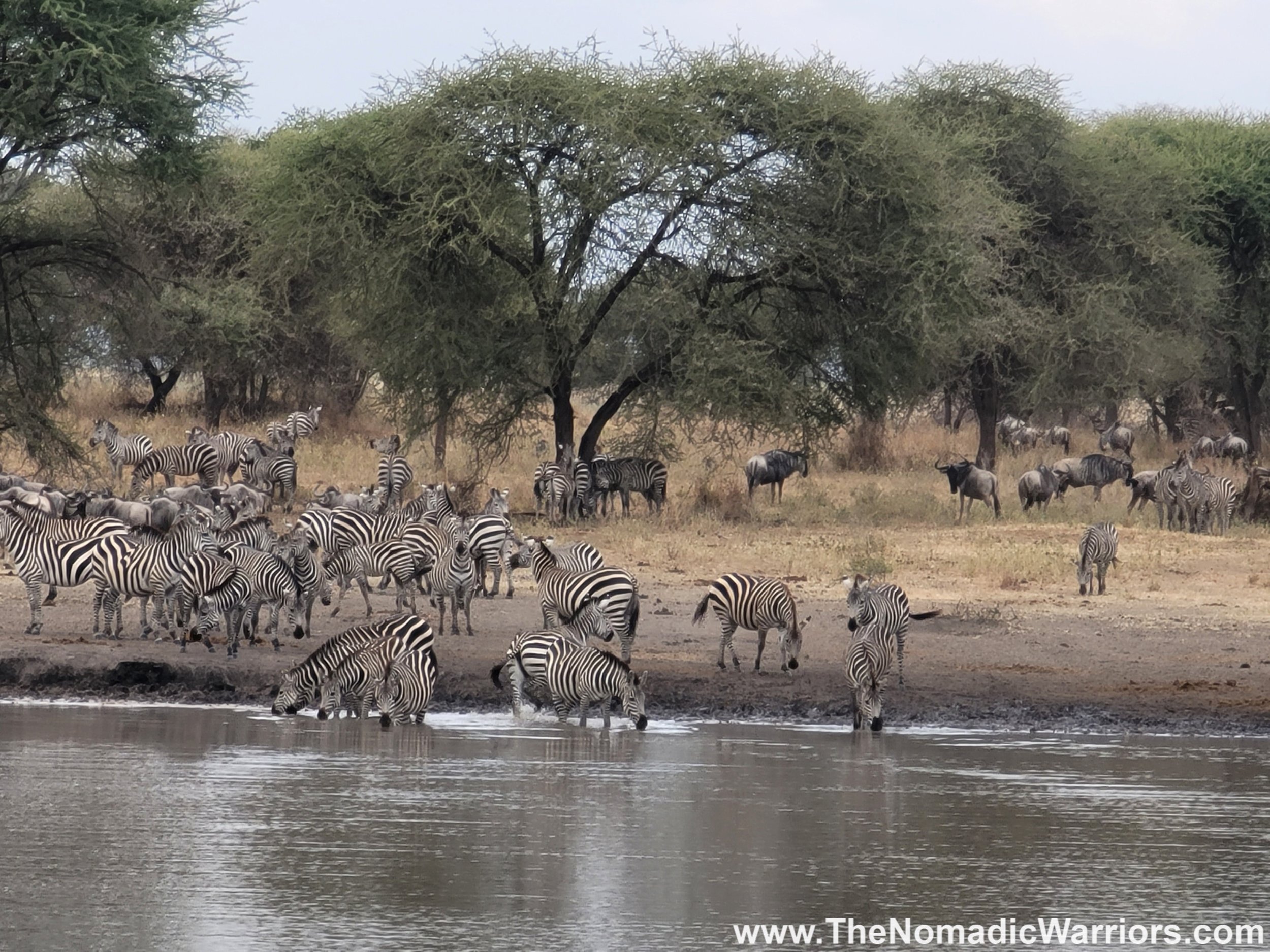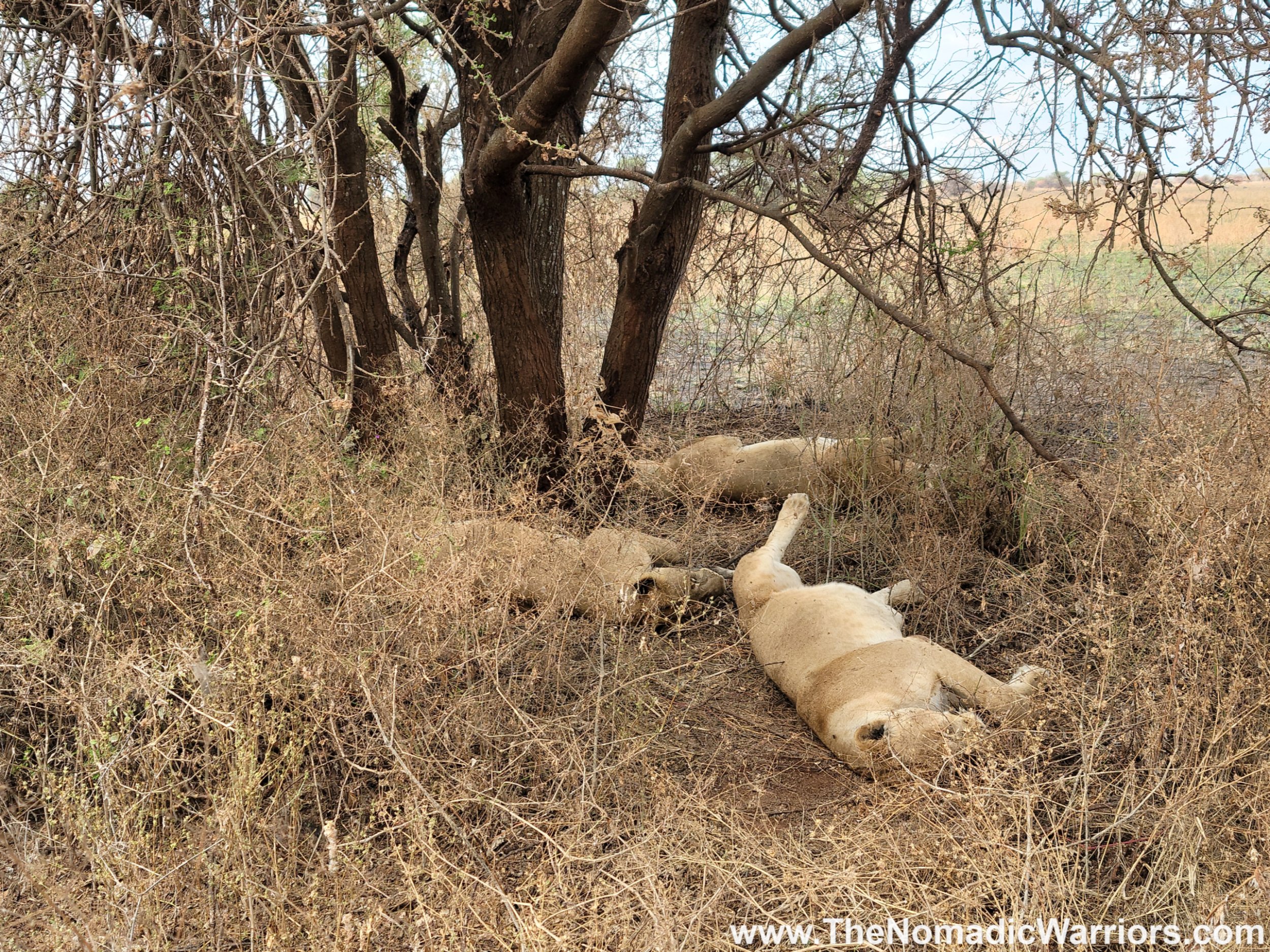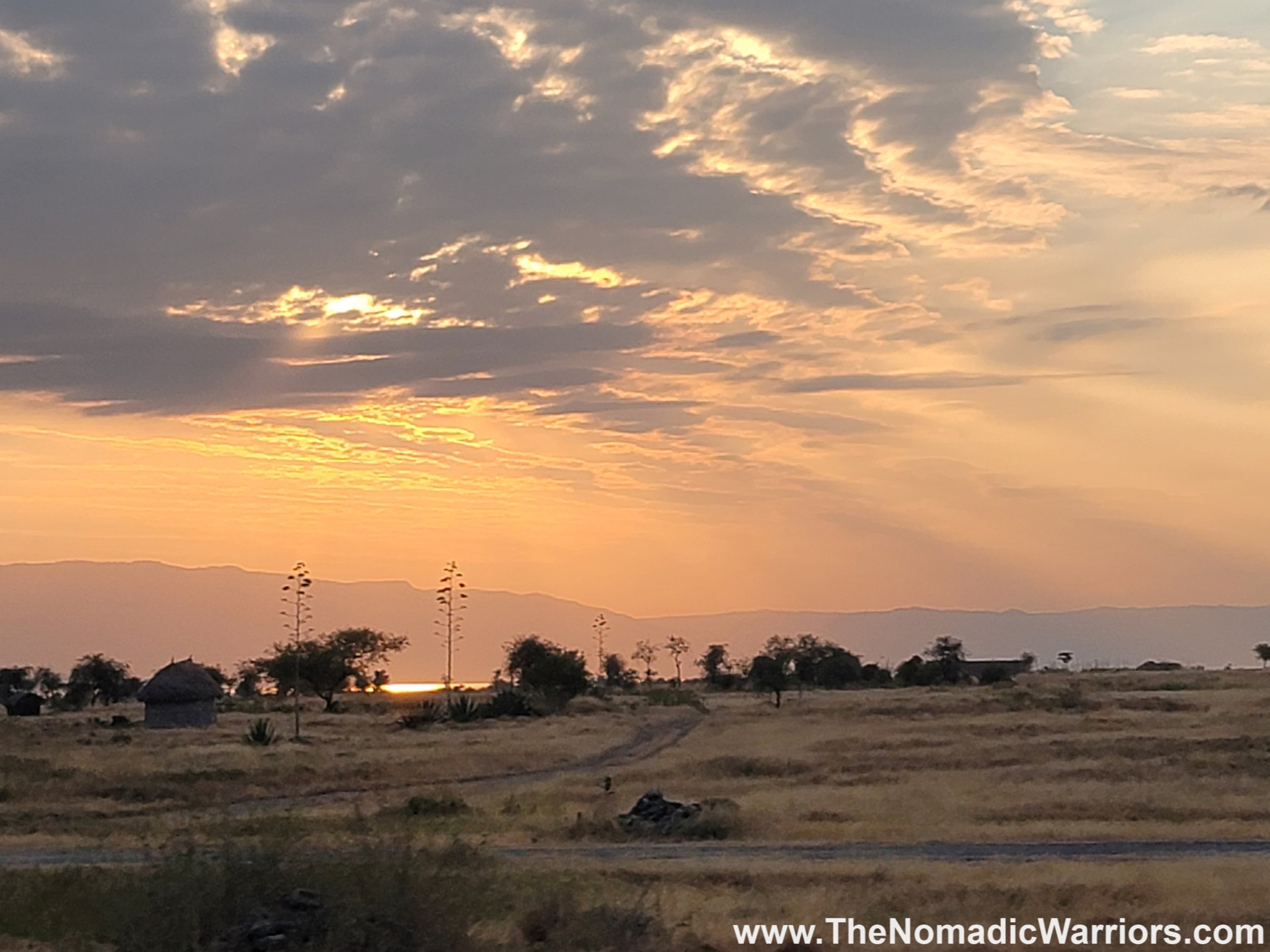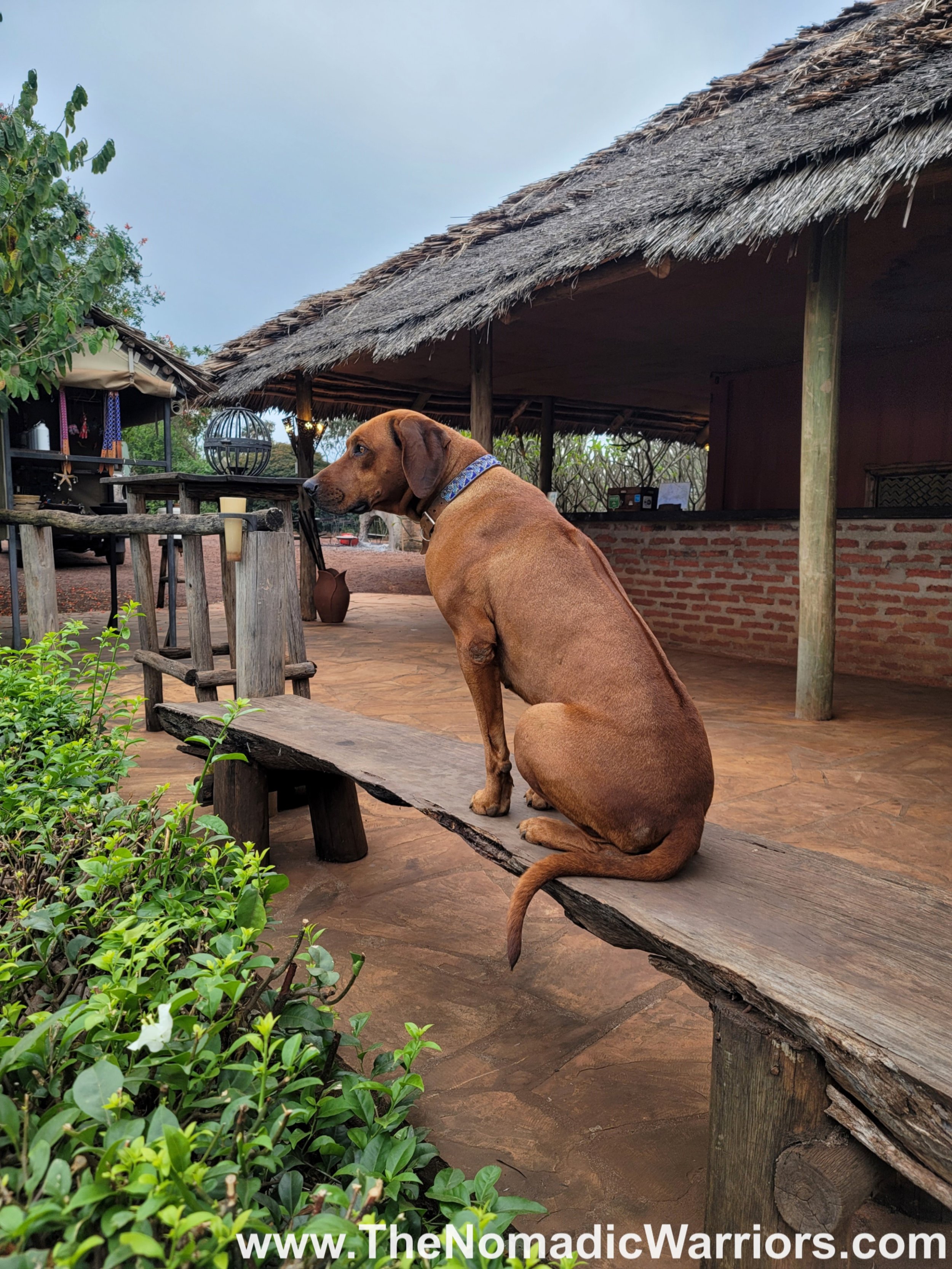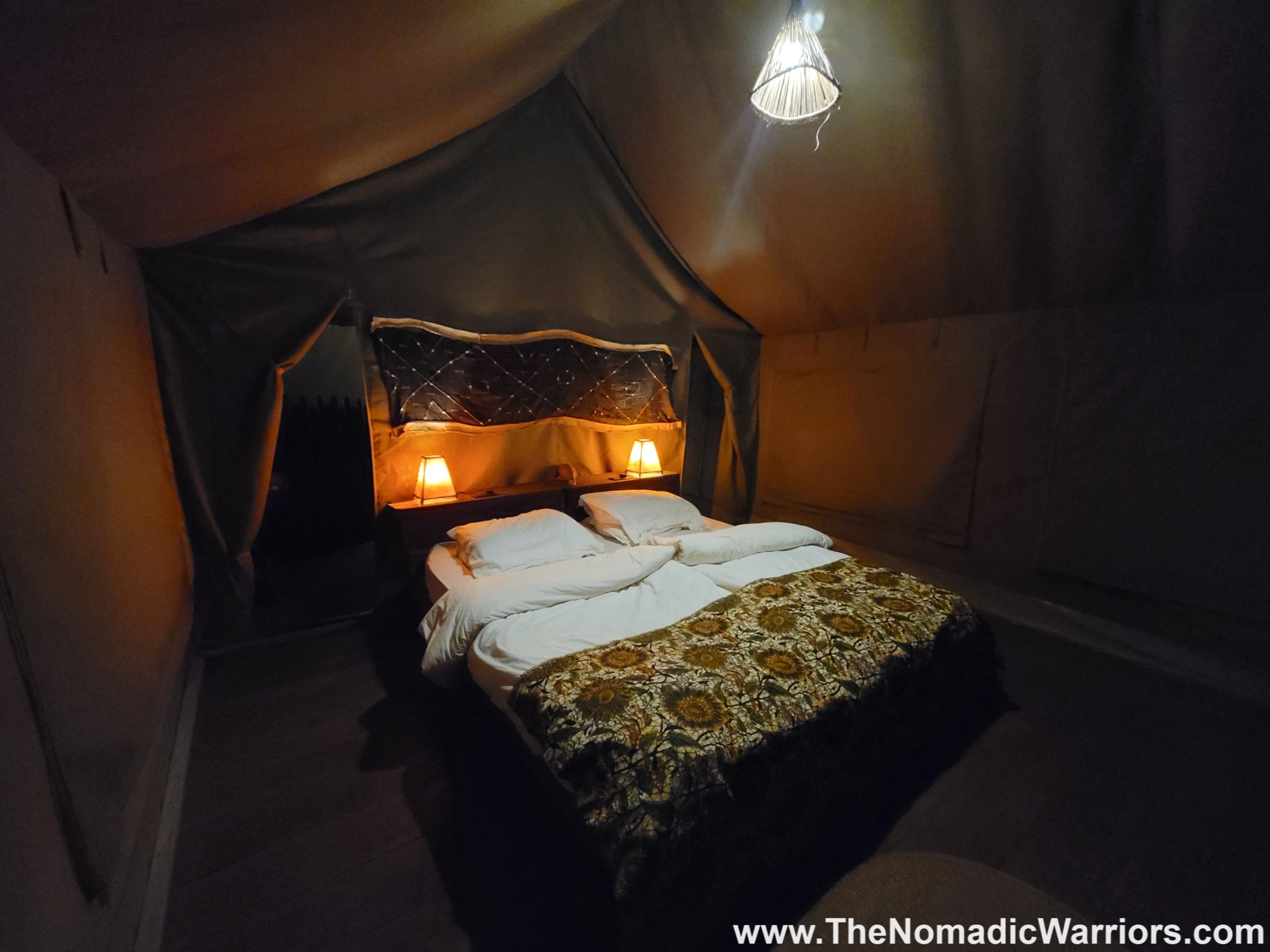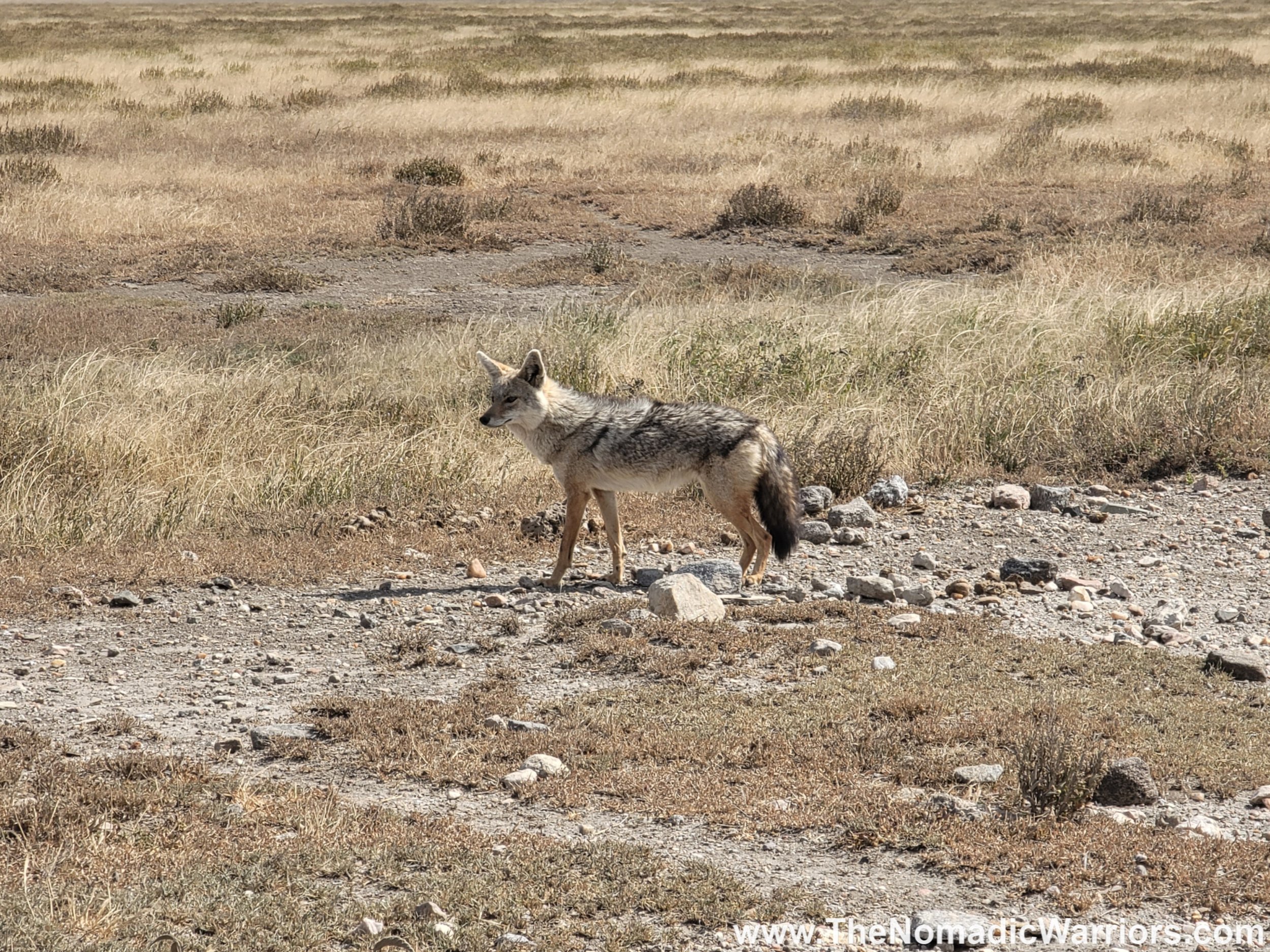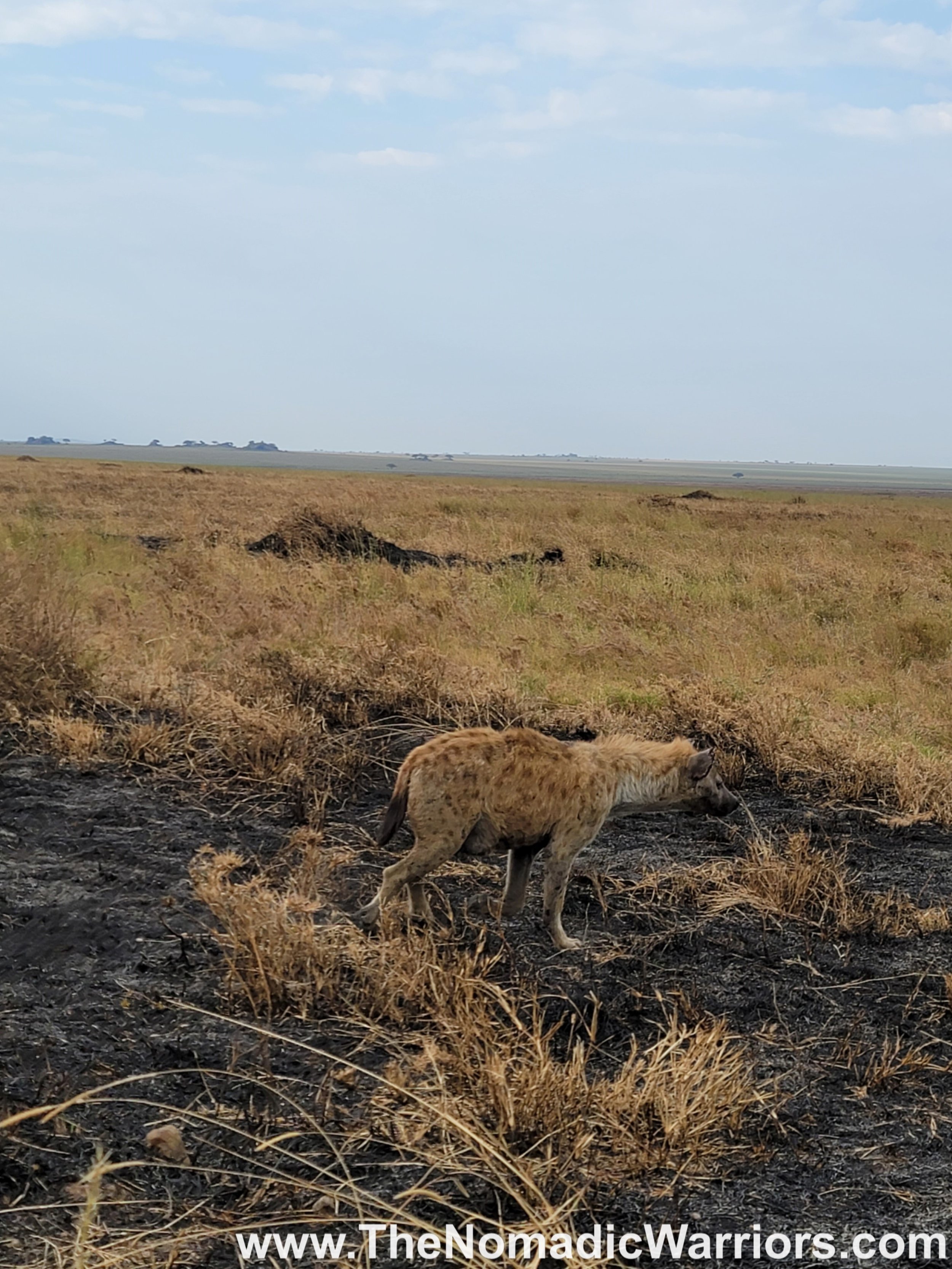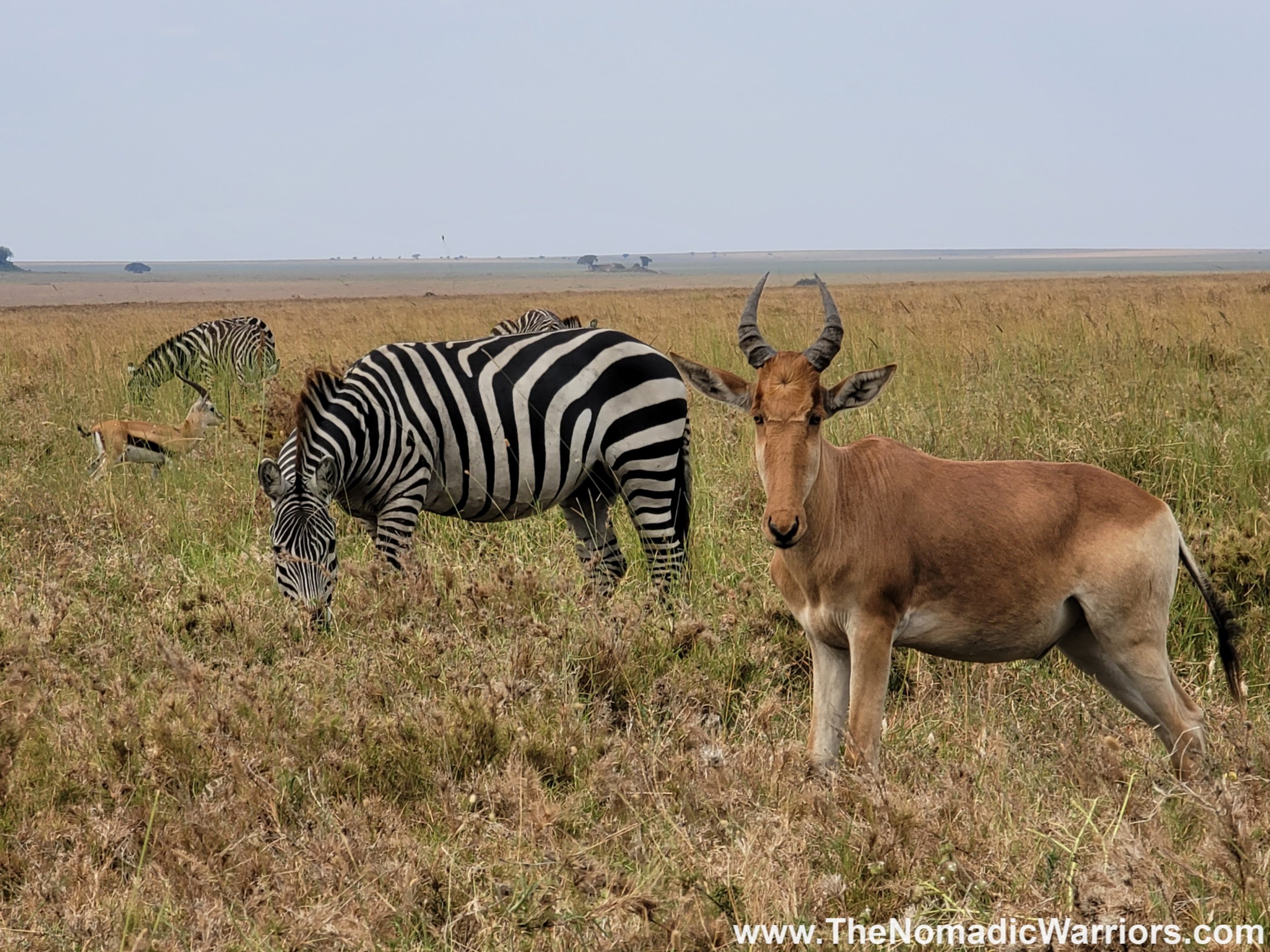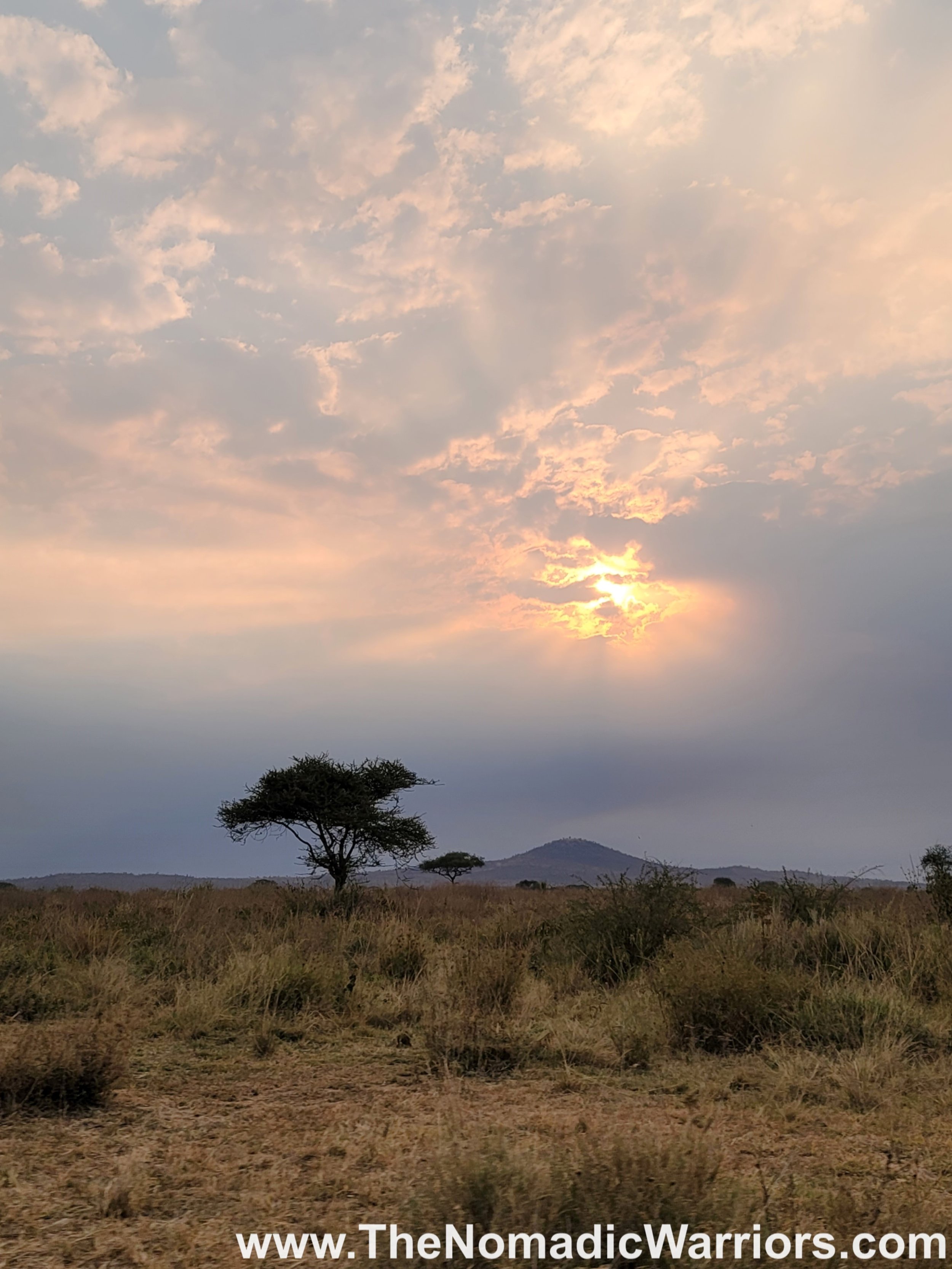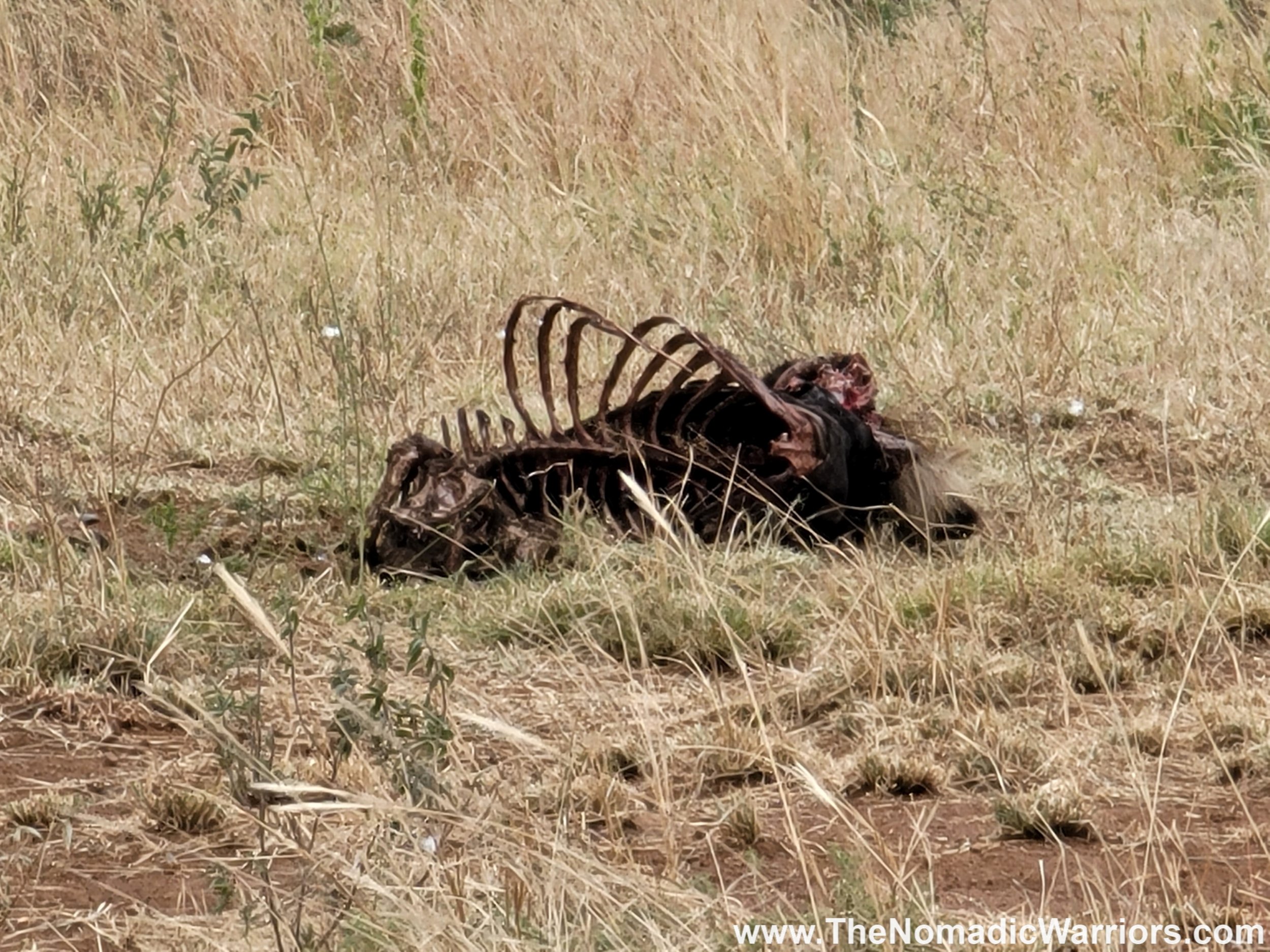
Tanzania
Tanzania is an amazing country. From the top of Mount Kilimanjaro, to the plains of the Serengeti, to the waters of Zanzibar, there is so much that Tanzania has to offer.
Our journey started as we landed at Kilimanjaro International Airport around 8:30pm. We de-boarded the plane and then spent close to 2 hours in line, due to temperature checks and getting a rapid Covid-19 test (At the time we went in July 2021, Tanzania required a negative PCR test within 72 hours of arrival, and you had to take another Rapid test at the airport). Once we were done with the test, it was pretty simple getting a visa and going through Customs, etc. Our driver, Alex (we did a two week package through Shadows of Africa, and Alex was our driver as well for our 7 day Safari) was waiting outside for us, with a sign with our names on it, once we had all our luggage. There was many other drivers for hire (taxi, cabs, etc.) waiting outside the door to the airport. After about a 30 min ride in one of their Safari jeeps (Toyota Land Cruiser), we arrived at WeruWeru River Lodge just before midnight.
*The Nomadic Warriors contains affiliate links. Meaning The Nomadic Warriors receives commissions for purchases made through those links, at no cost to you. Please understand that we have experience with all of these companies, and recommend them because they are helpful and useful, not because of the small commissions we make if you decide to buy something.*
Our video from our 14 day safari through Tanzania including Tarangire National Park, Serengeti National Park, and Ngorongoro Crater.
The next morning, we got up at about 06:30am to eat breakfast and go through our gear before our guide was to pick us up to begin our journey up Mount Kilimanjaro.
Maasai people performing their Welcome Dance for us.
Maasai people demonstrate how they make fire.
A male lion wandering his territory on the plains of the Serengeti.
Male brother lions taking a break from the heat of the Tanzania sun.
Cheetah family eating a kill.
Elephant Family In Ngorongoro Crater, Tanzania.
A pod of hippopotamus gathered in Serengeti National Park, Tanzania.
A leopard resting in a tree with half of its kill (a gazelle) nearby.
A tower (group) of giraffes, one of which has a broken neck.
Angle 1 of Wildebeest Migration across the Mara River in Tanzania.
The Wildebeest Migration across the Mara River from a different angle in the Serengeti National Park, Tanzania.
The early stages of the wildebeest migration towards the Mara River in Tanzania.
A family of warthogs that just came out of their burrow in the Ngorongoro Crater Conservation Area, Tanzania.
Mother Elephant Gets Vocal With Her Calf In The Serengeti, Tanzania.
A family of elephants feed in Serengeti National Park in Tanzania.
Sunset at Nungwi Beach in Zanzibar.








Our Journey to the Summit of Mount Kilimanjaro
Our first morning began around 06:30am to go grab some breakfast then get all our gear situated before meeting our guide. Our guide, Amir from Shadows of Africa, came around 07:30am to meet with us and give us the plan for the day. Then we did a gear check before repacking everything and loading up the Safari jeep. We had about an hour ride from the lodge to Kilimanjaro National Park. On our way we stopped and picked up our second guide, Chief, and our cook, Syed. Once we arrived at the park, the porters who met us there unloaded the jeep. We took our gear and filled up our water bottles and camelbacks, while we waited for our guides to complete all the paperwork necessary for us to start the climb.
At around 12:30pm, it was 55-60 degrees Fahrenheit when we started hiking. It was colder than we expected, starting out at an elevation of 7380’ (2,250 m), but we warmed up pretty quick once we got going. We took the Marangu Route, also known as the Coca-Cola Route, and we planned for a 7 day hike. We choose this route due to overall reviews, and the fact that you stay in huts/cabins instead of camping in tents. We were hiking for about an hour and a half before we took our first break and the general incline was fairly gradual. From the very beginning, the hiking pace is very slow. This is to help with acclimatization. Make sure you drink plenty of water and fluids, as this will as help you acclimatize and avoid altitude sickness. After hiking for about 5 to 5 and a half hours, we reached Mandara Hut, the first overnight lodging. Once we arrived, our porters brought our gear bags to our hut so that we could unpack and clean up a bit before dinner. So, you will have two bags, your day pack and a duffle bag, or gear bag. Your day pack will have your water, snacks, and anything else you think you might need while you are hiking during the day. Everything else will go in your duffle (gear) bag. The porters will carry your gear bag up the mountain for you, and you will have access to it every evening. You will pack it up every morning and give it back to the porters to carry again, so dont worry if you think you’ll need something one day but not another. You can make adjustments to your day bag/gear bag each night, but you will not have access to your gear bag while hiking. After we unpacked and cleaned up a bit, dinner was ready fairly quickly. The meals on the mountain are amazing. You certainly will not go hungry. Be prepared for 3 course meals, if not 4 course meals at times. You will usually be served some sort of soup or porridge followed by what you could consider an appetizer, and then the main meal. They also serve hot water for tea, coffee, hot coco, etc. Again, make sure you take advantage of hot water. One: to help warm up/keep warm, and two: to drink as much fluids as possible to help with acclimatization and preventing altitude sickness.














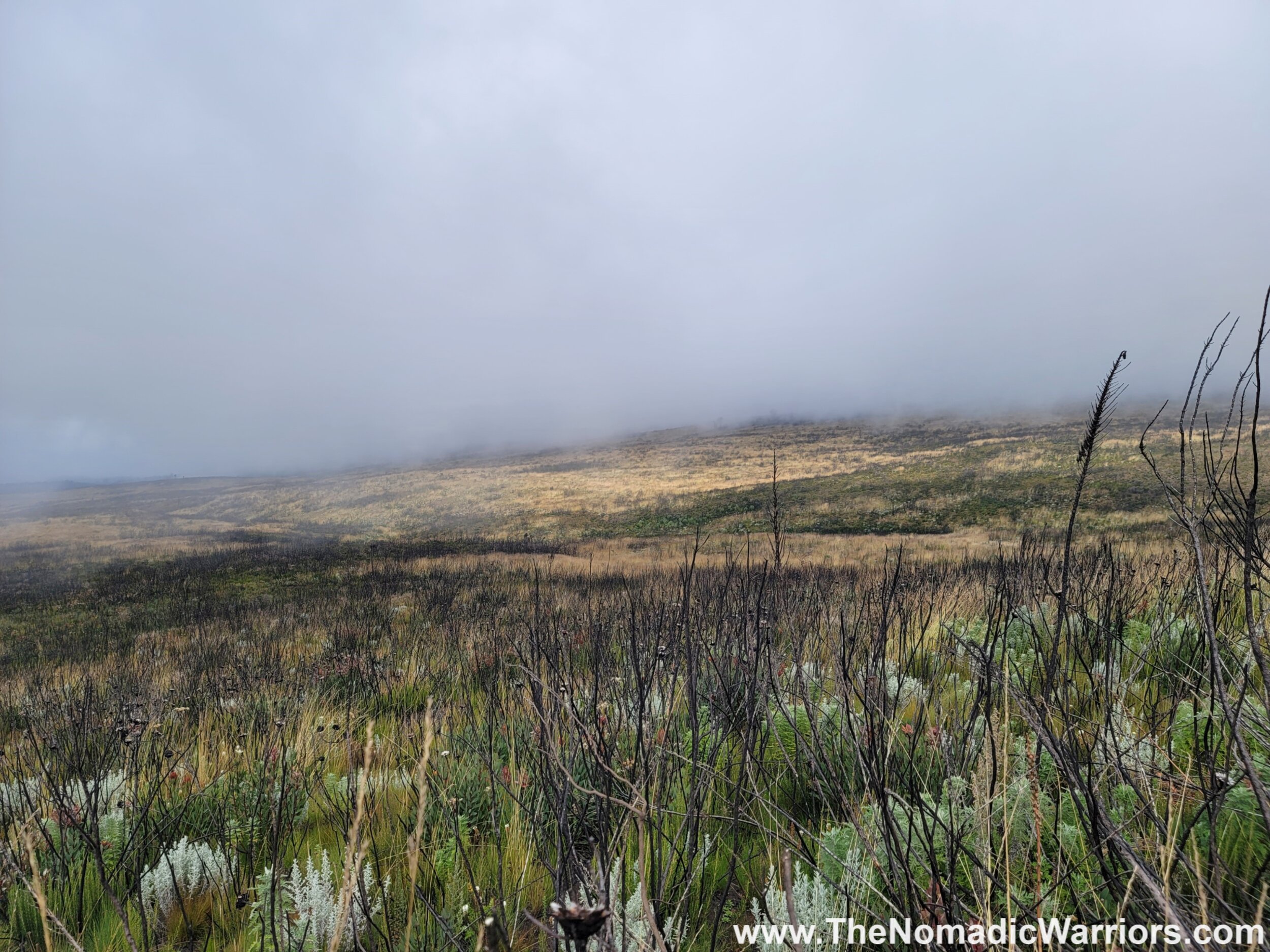




















Summit Day
Summit day is the most physically and mentally demanding day of the entire hike. We were scheduled to start out hike to the summit around midnight, but after consideration and talking with our guides, they recommended that we start around 2:30-3am. That would give us a few more hours of sleep and also lessen the chances of frost bite, as we would be spending a few less hours hiking before the sun started to rise.
The ascent up was pretty much straight up…it was very steep with a lot of switch backs. The pace was even slower than during the first days of the hike and we took breaks every 30-45 minutes to drink some water and warm up our hands. I had 3 pairs of gloves on (liners, light weight gloves, and mittens that I rented from the outfitters) and was using hand warmers in my pockets. My hands were still cold. Eventually, the sun started to come up and the temperature slowly started to rise, but the temperature never got above freezing. At around 9am or so, we reached Gilman’s Point at 5681 meters. About 30-45 minutes later, we made it to Stella Point at 5756 meters. After Stella Point the rest of the way to the peak was not too bad. We passed glaciers (which are predicted to completely melt within the next 10 to 20 years) on the left hand side in the distance and slowly crossed an ice patch. At 10:30am we finally reach Uhuru Peak, the summit of Mount Kilimanjaro. We took pictures, ate some food, and rested for about 30 minutes before we start the trek back down. The way back down was way easier as we took the porter’s route, which is a grave sky slope straight down, no switch backs. If you have gaiters, make sure you wear them to help keep all the grave out. You will still end up with 1/4 lb of grave in your boots from “skiing” down.
After getting back to base camp at Kibo Hut, we ate dinner early and then went right to bed. We got up around 6:30am the next morning to start the rest of the journey back down the mountain. The last two days were rainy, but we finally made it back to Marangu Gate.

































7 Day Safari
After making it back down Mount Kilimanjaro, we headed to Olerai Lodge for the night and some much needed showers and a cozy bed. The next morning we started our 7-day safari through different parks in Tanzania. Our first park was Tarangire National Park. It was a very exciting and eventful day, as we were able to see zebra, lion, wildebeest, warthog, giraffe, elephant, hippo, hyena, jackel, cheetah, and many types of birds.
After exploring Tarangire National Park and spending most of the day on the road, we came to Rhotia Valley. This tented lodge certainly has a Safari charm to it. We received personal service as there is only 15 tented safari houses. Dinner and breakfast was provided at the restaurant on site. At night, since it was the cooler time of year, they gave us each a hot water bottle to put in the bed with us, which was amazing. We only stayed there one night but it was a nice place to stop before continuing on to Serengeti National Park. The Rhotia Valley also gives some of its profits to the local Children’s Home and two local schools.
The next morning we started heading towards Serengeti National Park, which was a couple hour drive. As we were a few miles outside of the Park gates, we came across a nomadic Maasai Tribe, so we stopped for a visit. The tribe performed a welcome dance for us and then the men had a jumping competition, who could jump the highest without running. Some of the Maasai are well educated, speaking Maasai, English, and Swahili. They showed us how they make fire for cooking, heat, and protection. Afterwards, they showed us their small village and the inside of one of their huts, which slept 8-10 people. We stopped by their small one room school (variety of ages 1-5 years old) with a make-shift chalkboard, and they even sang us a song. We made our way back through the village and continued on the Serengeti National Park.





